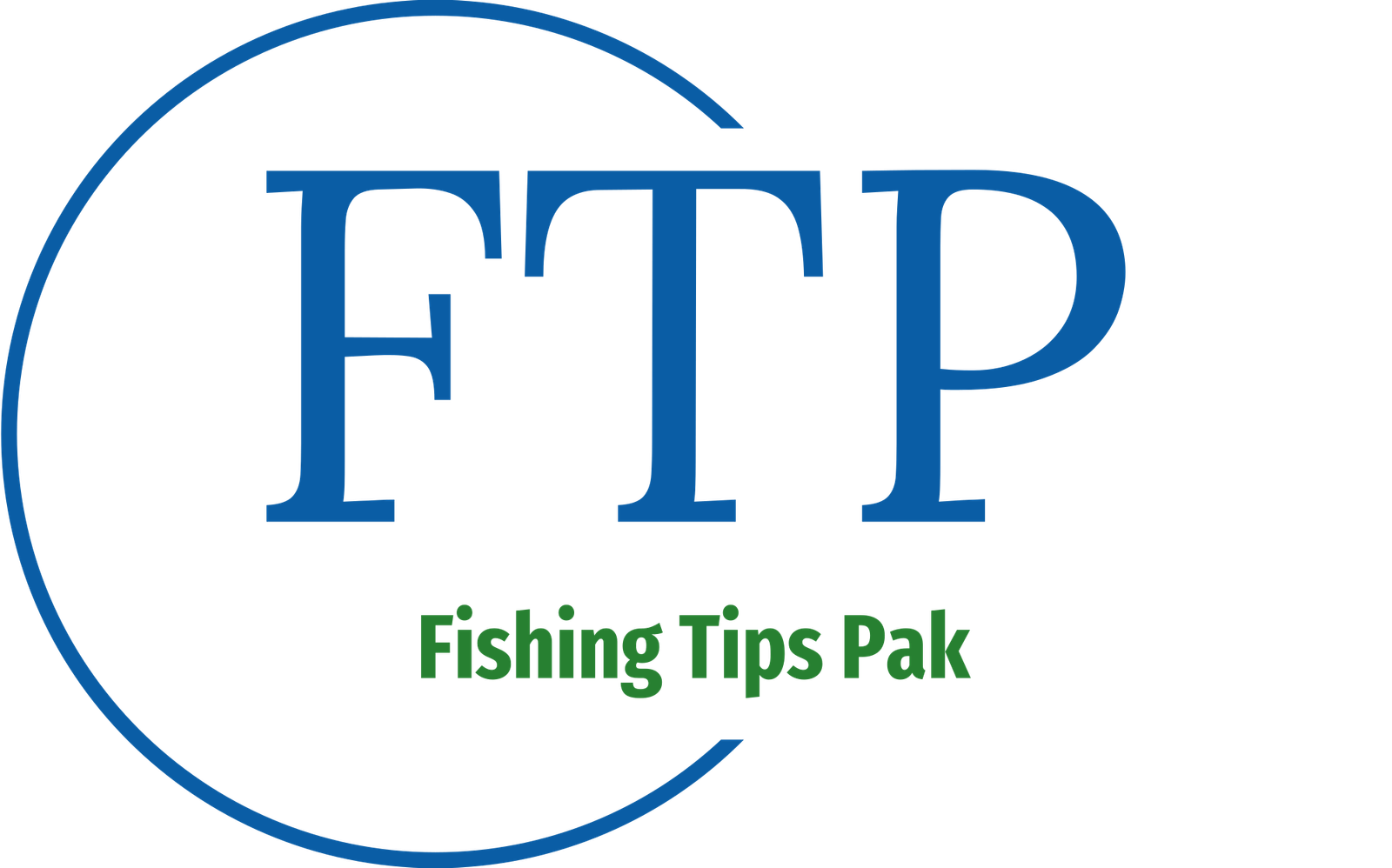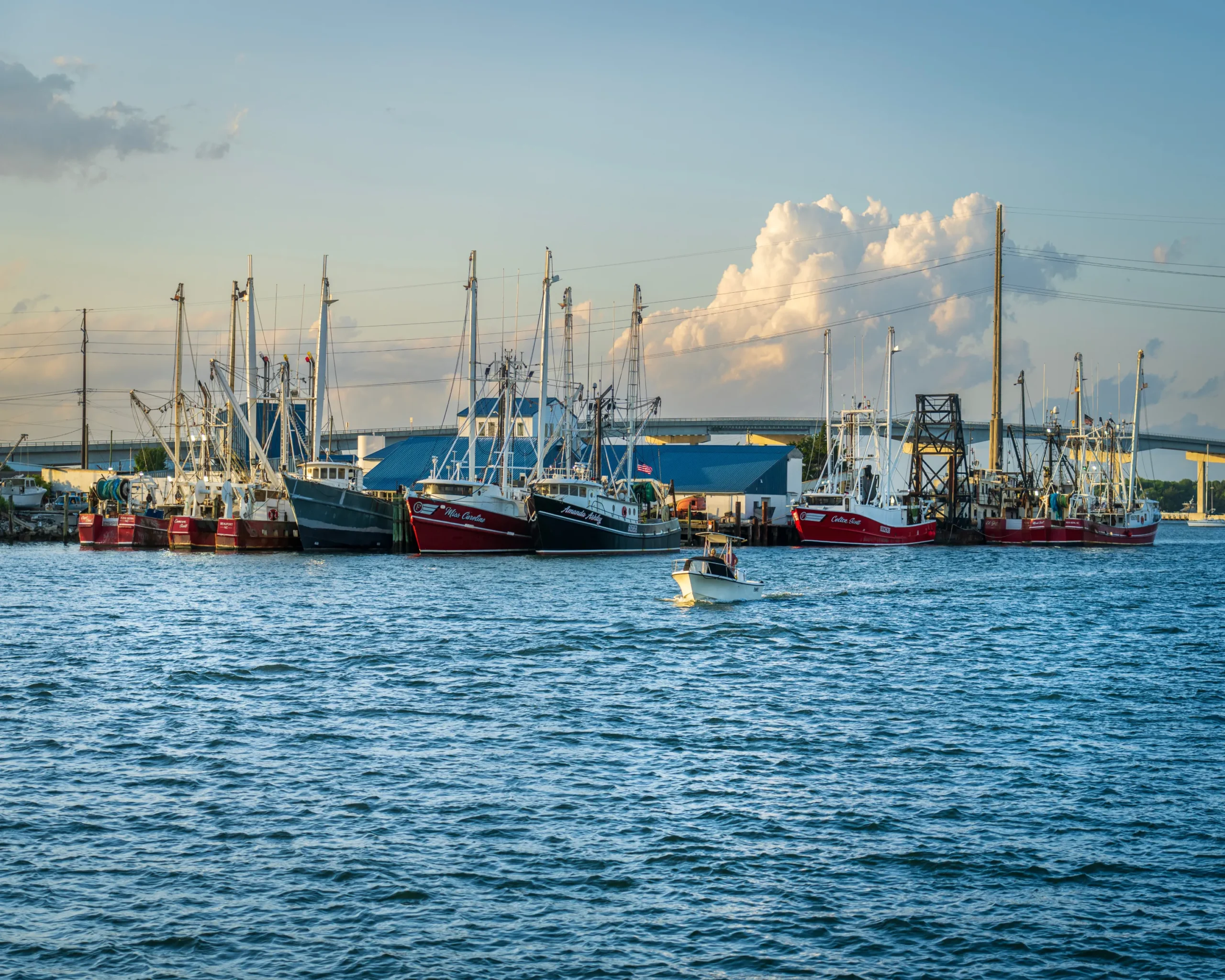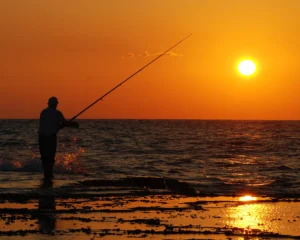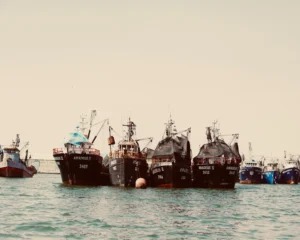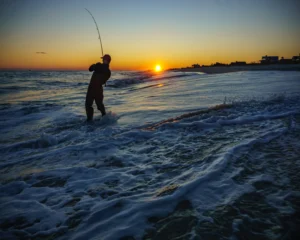Read in Urdu Language Click Here.
Trawling:
Trawling is a fishing technique that involves dragging a net, known as a trawl, through the water to catch fish or other marine organisms. This method is commonly used in both commercial and recreational fishing, and it can be conducted in various environments, including oceans, seas, and freshwater bodies.
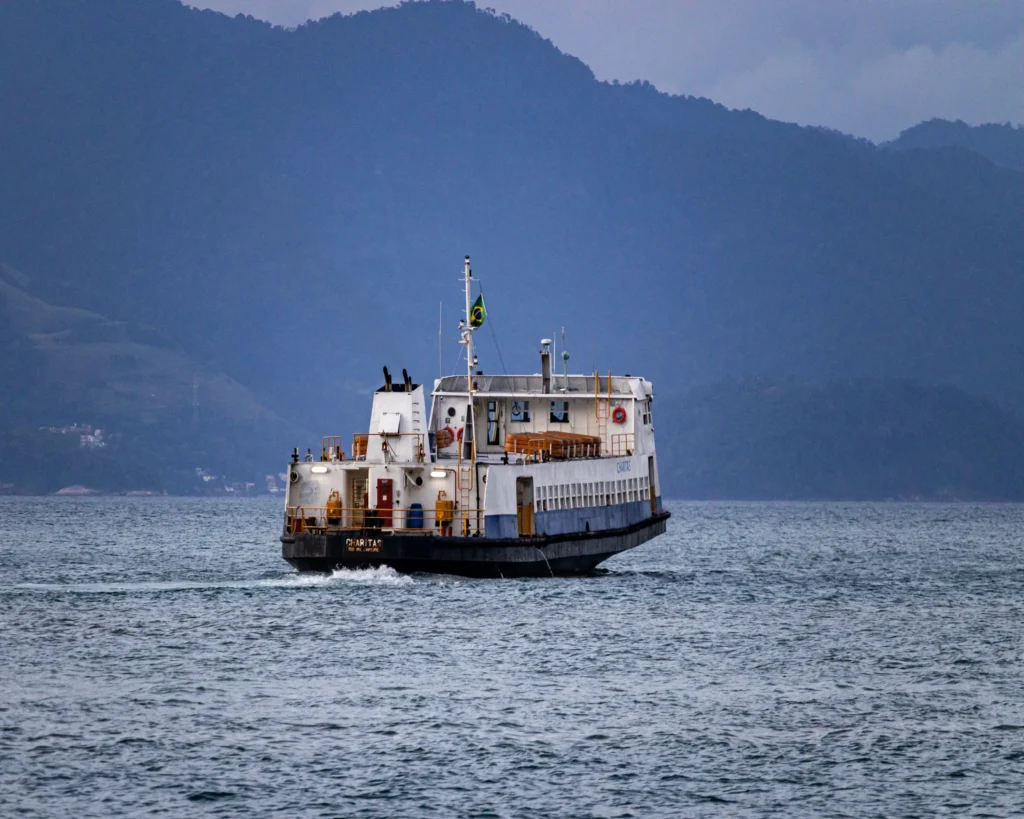
Here are key aspects of trawling:
-
Trawl Design:
The trawl is a large net with wide horizontal and vertical openings. It may have a cone shape, and its design can vary based on the target species, fishing location, and fishing method (bottom trawling, midwater trawling, or pelagic trawling).
-
Trawling Locations:
Trawling can take place at different depths and locations. Bottom trawling involves dragging the net along the seafloor, while midwater and pelagic trawling target fish swimming in the water column.
-
Trawl Doors:
Trawl doors, also known as otter boards, are used to keep the mouth of the trawl open while it is towed through the water. These doors help maintain the desired spread of the net.
-
Trawling Process:
The trawl is towed behind a boat, typically at a slow and controlled speed. As the net moves through the water, fish and other marine organisms are captured in its mesh.
-
Target Species:
Trawling is used to target a wide range of species, including shrimp, cod, haddock, pollock, squid, and various types of flatfish. The choice of target species often determines the design of the trawl.
-
Bycatch and Discards:
Trawling can result in bycatch, where non-target species are unintentionally caught. Bycatch may include undersized fish, juvenile fish, and other marine animals. Efforts are made to reduce bycatch through gear modifications and other conservation measures.
-
Environmental Impact:
Bottom trawling in particular, has raised environmental concerns because it can cause habitat disturbance and impact seafloor ecosystems. Some areas implement regulations or restrictions on trawling to protect sensitive habitats.
-
Regulations and Gear Modifications:
Many regions have implemented regulations to manage trawling, including mesh size restrictions, area closures, and seasonal restrictions. Gear modifications, such as turtle excluder devices (TEDs) and bycatch reduction devices (BRDs), are used to reduce the impact on non-target species.
-
Sustainability Practices:
Sustainable trawling practices focus on minimizing environmental impact, reducing bycatch, and promoting the long-term health of fish populations. Some fisheries have adopted practices such as using more selective gear, implementing area closures, and participating in certification programs.
-
Research and Technology:
Ongoing research and the development of new technologies play a crucial role in improving the selectivity of trawling gear, reducing bycatch, and implementing sustainable fishing practices.
While trawling is an efficient method for catching large quantities of fish, its impact on the environment and non-target species has led to increased scrutiny and efforts to develop more sustainable practices and regulations. The goal is to balance the economic benefits of fishing with the need to preserve marine ecosystems and maintain fish populations for future generations.
Read in Urdu Language Click Here.
